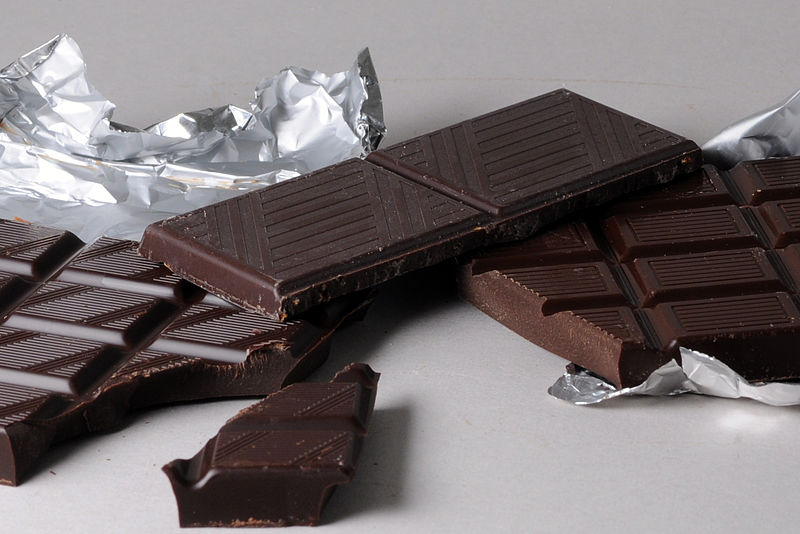News release
From:
Chocolate production made easier with a molecule
Adding a phospholipid molecule during chocolate production could produce high-quality chocolate without the need for complex tempering processes, suggests a paper in Nature Communications this week. This method could simplify chocolate production.
The characteristics of high-quality chocolate, which include its texture, gloss, snap and melting behaviour, depend on the crystal structures within the cocoa butter. These structures can crystallize into many different forms, with only Form V providing chocolate with its most desirable properties. To obtain as many Form V crystals as possible, chocolate manufacturers rely on a heating and shearing process called tempering, however this process is intensive and often inconsistent, which leads to poor quality chocolate.
Alejandro Marangoni and colleagues explored how the tempering process could be altered. The authors found that adding a small amount of a phospholipid molecule to cocoa butter speeds up and directs its crystallization towards Form V. When they mixed the molecule into a sample of crystallizing commercial chocolate it produced a final product with optimal hardness, gloss, and microstructure — without the need for tempering.
The authors suggest that using this method in the chocolate manufacturing process could be a way to control chocolate to ensure it has the right properties and may eventually reduce the reliance on complex tempering processes.



 International
International



